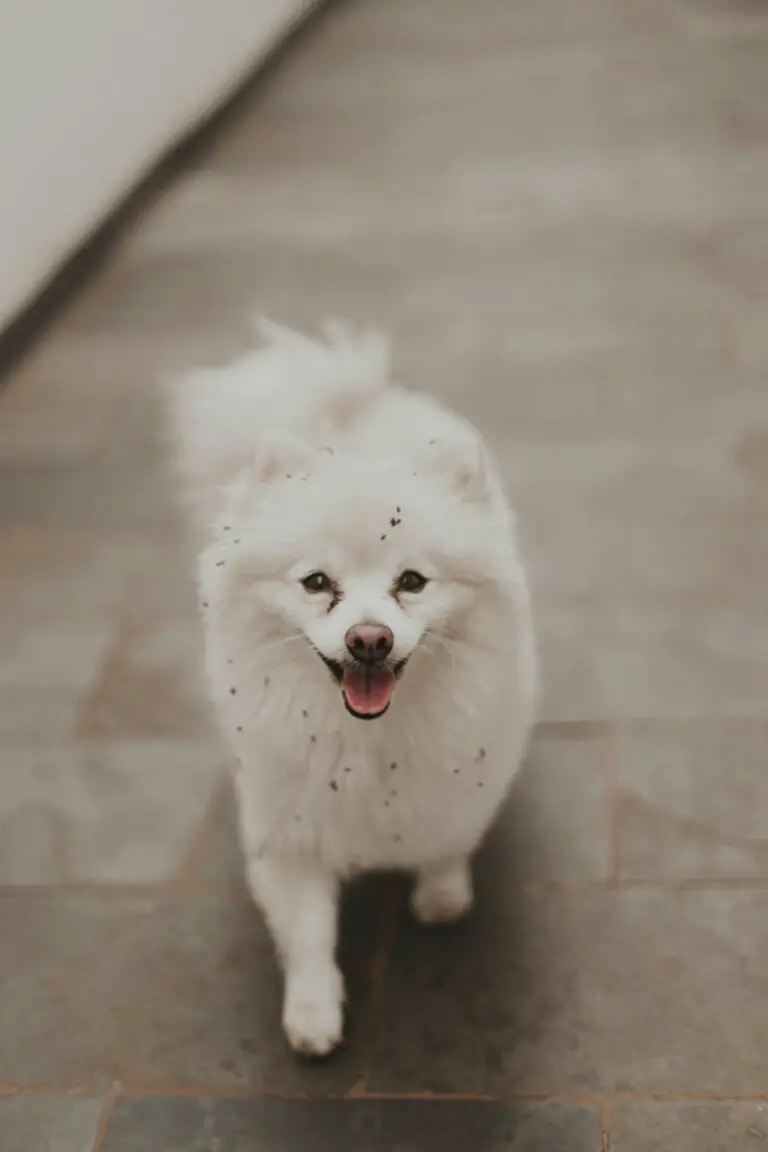When you are an inveterate lover of dogs, or of any breed, in particular, it is normal that you want to know details about where and how they came about, since this allows you to understand the why of various aspects, such as their physical attributes, their preferences, personality, and their behavior.
Interested in discovering the origin of the mighty rottweiler? Read on below to learn about its history, who its ancestors were, what the origin of its name is, what kind of tasks the first Rottweiler was used for…and much more.
Table of Contents
Where and how did the rottweiler breed originate?
The Rottweiler is considered to be one of the oldest dog breeds. Its origin is located in Germany, specifically during the advance of the Roman Empire through those lands. The Rottweiler is said to be a descendant of the Molossian, a Roman mastiff-type dog widely used at the time to guard, defend, and drive cattle.
The Molossian was the war dog of the Roman army, a breed they acquired from ancient Illyrian and Greek tribes.
Let’s dig a little deeper into this topic…
As the history of Rottweiler tells us, the Roman Empire was an excellent conquering force that contributed to the formation of Western Europe, influencing all kinds of activities, including breeding dogs and using these animals for practical solutions to problems.
It is known that during the advance and the conquest of new territories, the Roman legions transported their own herds, a task for which they needed strong, resistant dogs, capable of driving and protecting livestock. Unsurprisingly, these dogs mated with other native dogs, laying the groundwork for new breeds to emerge.
The origin of the rottweiler ancestor
The south of Germany was one of the areas where the Roman Empire maintained a good part of its colonies since the climatic conditions of the area and the soil were very favorable for agriculture. One of these first towns or settlements was founded, and hundreds of years later, the German city was baptized “Rottweil” (Rott means red and Weil seems to derive from “vil”, a word of the time that means town).
It is said that the adoption of this name was inspired by the discovery of a Roman villa with red roofs and tiles during an excavation.
Over time, Rottweil flourished as a market area for livestock, and descendants of the Roman Molossian dog began to be used in herding cattle into town.
On the way home, ranchers used to place their wallets around the dog’s neck to protect the money from sale to potential thieves. In addition, it is known that butchers in the area also used these dogs to pull carts loaded with meat.
This is how a new breed of dog was born, baptized as a Rottweil butcher dog or Rottweiler. Very similar to today’s Rottweiler, this ancestor exhibited a powerful physique, with a multifaceted, intelligent, loyal, and protective character.
How did the modern rottweiler originate?
The advent of rail transportation brought about the replacement of dogs for driving cattle drives, and the Rottweiler was nearly extinct as a result.
This situation began to change in 1901, after the founding of the Rottweiler and Leonberger Club and the establishment of the first breed standard. It should be noted that the appearance and character of the Rottie have not changed much since then.
From here, Rottweilers began to be employed as guard dogs and police co-workers, a task for which many considered it the perfect dog.
Recommended: Is my Rottweiler German or American? Rottweiler Types + Photos
What is known of his arrival in the West?
The first Rottweiler is believed to have come to America from a German émigré, in the late 1920s. In 1930 the first litter was bred, and in 1931 the first Rottweiler dog was registered by the American Kennel Club.
In the United States, the breed began to gain greater popularity after World War II. By that stage, he was mainly recognized as an excellent obedience dog. But the real boom of the Rottweiler came in the mid-1990s; it is said that the AKC registered more than 100,000 copies.
Sometime later the breed began to enjoy a bad reputation and its demand decreased. Intensive breeding by irresponsible breeders who were just trying to profit gave rise to puppies with health problems and bad temperaments.
Must read: Rottweiler Temperament – Is it the Right Personality for You?
Interesting facts about the history and current situation of the rottweiler
- Like their Molossian ancestor, Rottweilers belong to the Bulldog and Mastiff family. Something you may not know is that the Rottie played an important role in the further development of the Doberman Pinscher.
- The breed was almost on the brink of extinction following the rise of smaller dogs. Not only could these take over many of their functions, but they were also easier to maintain. Fortunately, many dedicated breeders took it upon themselves to revive the breed just in time.
- When talking about temperament, it is important to consider the history and origin of the Rottweiler. The original Rottie was a farm working dog; it had to be an animal powerful enough to inspire fear and drive cattle, but still be a loyal and watchful guardian companion. Today’s
- Rottweiler exhibits many of the same characteristics as its ancestors.
- Although this dog has maintained the traits of protection and vigilance, it is known that there are differences in terms of its physique and development. Today’s Rottweiler is a heavier dog, with bones so large that they often prevent it from engaging in strenuous activity. In general, Rotties are still athletic dogs, but they have lost their hardy, hard-working nature.
- The Rottweiler was one of the first breeds to be used as guide dogs for the blind and has more recently served alongside search and rescue workers at disaster sites.
- Other modern breeds linked to the same Molossian ancestor are the Bernese Mountain Dog, Saint Bernard, Great Pyrenees, Great Dane, Greater Swiss Mountain Dog, Dogue de Bordeaux, and Newfoundland.
- Modern Rottweilers possess physical traits that are descended from the Bernese Mountain Dog (short coat) and the Greater Swiss Mountain Dog (long coat), two breeds that appear in their bloodlines. Depending on the Rottweiler’s bloodline, there may be a difference in coat length and thickness. Another common characteristic seen in today’s Rottie is the white patch on the chest or the white patch on the leg; this trait dates back to 1900.
See also: What is the Price of a Rottweiler?
Final thought
We hope that the content has been to your liking and serves to enrich your knowledge about the origins of the Rottweiler. Emerged as a guard and herding dog, today he is seen as a firm, loyal and protective pet of his house.
We invite you to continue reading about the origin of other popular dog breeds, such as the Pitbull, the Bichon Frize, and the Schnauzer.
References:




